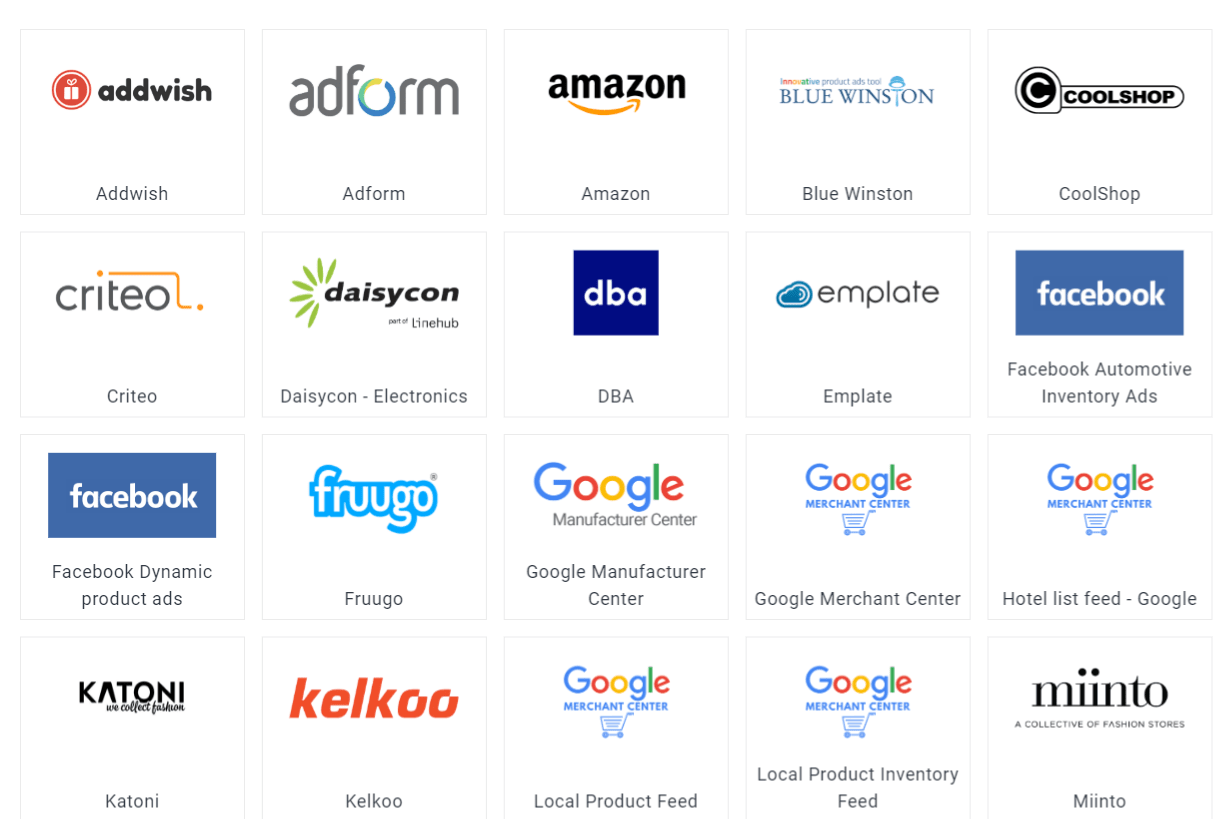What options are available to merchants wanting to start selling on multiple channels?
- Using a spreadsheet to manually build product feeds.
- Adding product feeds directly from your store using API.
- Automated product feeds from feed marketing platforms.

1. Manual-built product feeds.
The clue is in the name here! It's up to you (or a costly third-party developer) to build and constantly manage product data using a spreadsheet that you have to update manually using Excel or Google Sheets etc. Every single time you make a change to that initial spreadsheet, it's up to you to re-import the file in a csv or txt format to each and every channel on which you're selling.
If this sounds time-consuming and long-winded that's because it is! Only consider this if you have a very small spreadsheet and a lot of time (or budget!) to spare.
2. Content API product feeds.
These use a connection between the host of your online store and the channel you want to sell on. Some ecommerce hosts like Shopify, Bigcommerce and 3dcart all have different versions of these API available in their app stores.
The good thing about this is that it's quick and easy. The bad thing is the total lack of any kind of customization and optimization of your product data. It will be sent to those channels exactly as it appears on your online store. As we looked at above, that isn't always the best case when channels have their own specific recommendations and preferences for how they want your product feed to look and be structured.
3. Automated product feeds.
Unless you are a first-time seller who has only recently created an online store, using automated product feeds is the best option.
Having the process automated saves digital marketers hours of time, meaning they can focus on other tasks and be safe in the knowledge that their feeds will be updated and optimized for each channel they're selling on.
The best technique to use when weighing up which product feed management tool to use is to look at the scalability of the product. If it lets you in at entry level for a low price and a basic package for optimizing feeds, as well as the features and support to allow you to scale up, then it's the tool for you.
Check out our Tool Comparison where we contrasted some of the key features of the available tools.




